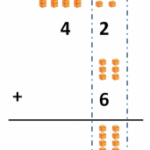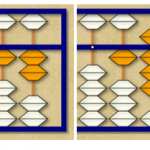Sep21
9 Strategies for Helping Kids Deal with Frustration

If parents give children the opportunity and the autonomy to make mistakes and try again, it can help them manage frustration, build their self-confidence and teach them persistence in achieving their goals. Here are nine approaches for today’s parents: 9 Strategies for Helping Kids Deal with Frustration Send consistent messages to your children in what […]
Continue reading »






